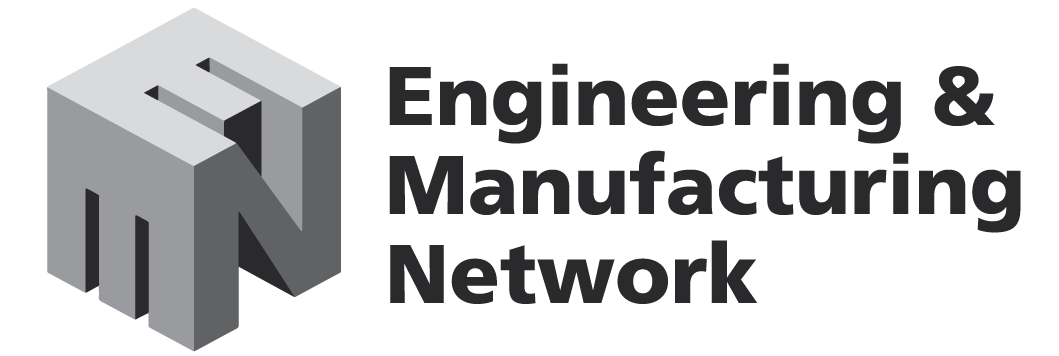What do we mean by a “cost of living” crisis – other than a dramatic media headline, what is it……? Prices are going up everywhere, it’s called Inflation.
In recent years inflation (measured by the consumer prices index – “CPI”) has been historically low. Prior to the current spike, the last time inflation was above 3% was 2012 (10 years ago) and the last time it was above 6% was 1992 (30 years ago).
The 1970s frequently saw double-digit inflation peaking at 24% in 1975. This was due to the rapid rise in oil prices, rising wages due to powerful trade unions keeping up with living costs and a lack of independent monetary policy. Until recently, energy prices have been stable, whilst Unions have been weaker and the Bank of England continues to maintain monetary policy (interest rates etc).
But what causes prices to increase? In economic terms it is the balance of supply and demand – restricted supply and increased demand leads to inflation.
Interest rates and exchange rates also play their part – Interest rates have been at an ‘emergency’ low level since 2009 when they fell from 5% to 0.5% – today they are currently back up to 3%. In 1979 they touched 17% and remained over 10% for most of the 1980’s.
We now have a global ‘perfect storm’ – energy prices and other commodities are rising due to the war in Ukraine. Also, we are coming out of covid which caused supply issues and cost increases particularly in the Far East. We also have pent up demand – we live in a society where we want things ‘now’ (on cheap credit) and during covid the government pumped huge amounts of money into the economy in the form of furlough. Add the two together and we now have high inflation.
So what do we do? Raise our prices, pay employees more, purchase more stock now before it goes up in price. All these depend upon specific circumstances, elasticity of demand, availability of working capital (at higher interest rates) etc., so the need for a fully integrated business financial model to run revised assumptions and assess the impact is crucial.
The core part of the plan must ensure that assumptions around the key drivers of turnover and cost of sales in particular can be modelled at a detailed level both in terms of volumes and capacity as well as value measures and needs to be sophisticated enough to deal with variable assumptions over the period. If the model is fully integrated with a cashflow and balance sheet, the impact of any changes in assumptions can be immediately seen with a set of outputs in the form of business related KPI’s and a confidence that the balance sheet balances maintaining the integrity of the models’ projections.
Whilst many business owners may feel confident of their ability to manage their operations with simple information or even ‘gut feel’ in stable times, the likely economic headwinds in the coming months in the form of significant material and energy price fluctuations along with the potential radical changes in business methods requires a detailed model of the current state and carefully thought out ‘what if’ scenarios
And what about the impact of technology to improve productivity – pay more, make more but keep prices down – that will give a competitive advantage as well as help to bring inflation down and even help contribute to net zero targets.
This is a huge subject with complex interactions and the thoughts above have only scratched the surface. It changes daily, perhaps when this article is published the war in Ukraine is over – a nice thought but unlikely. What is for certain is that inflation is with us for some time to come – Entrepreneurs are great at thinking outside the box – and now it is time to prove it! These are not extreme times, but they are times many of us have never experienced before.
If you wish to discuss your business financial projections or process and productivity challenges in more detail, please contact us on 0191 375 5705 or email us at enquiries@iagrowth.co.uk

